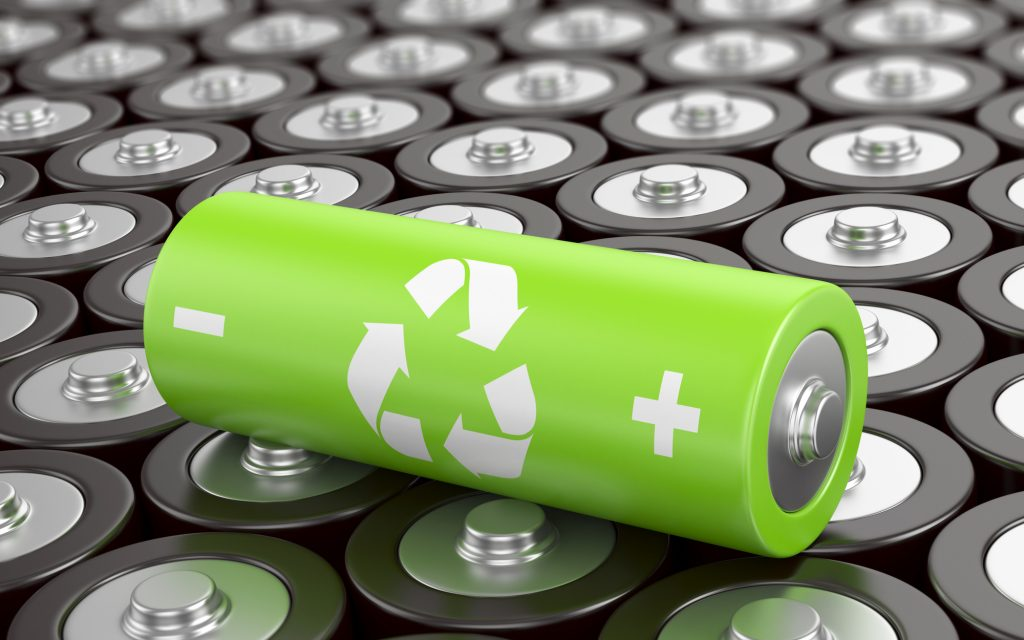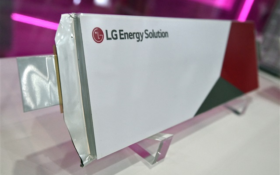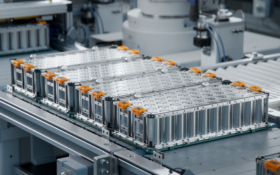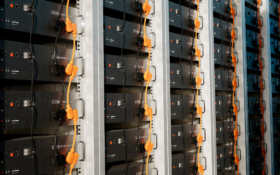Scientists in the US claim to have cured self-discharge and thermal runaway issues in lithium-ion batteries— and potentially paved the way for higher performing electric vehicles.
Researchers at Ohio State University developed a ‘smart’ membrane after studying how cell membranes in the human body expand and contract in response to electrical charge.
The scientists say they can shrink the conductive polymer openings during cycling, and swell them to close the holes when the battery is not in use, effectively preventing self-discharge.
The engineers were able to control the density of openings in the membrane by combining an electrically conductive polymer with a polycarbonate filter.
The findings were published in the journal Energy & Environmental Science.
The researchers hope their new technology will provide up to tens of miles per minute of charge, a considerable improvement on the current 0.4 miles per minute of charging limit.
In laboratory tests, the engineers found the membrane could control charging and discharging in batteries powered by ions of lithium, sodium and potassium.
The university will license the patent-pending technology to industry for further development.
Vishnu-Baba Sundaresan, an assistant professor of mechanical and aerospace engineering at Ohio State and leader of the study said current hybrid and EVs were hitting the performance limit because of how charge was stored in conventional batteries.
Sundaresan said: “Electric vehicle design is mature enough now that we know the limit they’re reaching is because of the chemistry of lithium-ion batteries.”
While the researchers have proven the membrane works with conventional batteries, Sundaresan and doctoral student Travis Hery now want to use it as the basis of a new type of battery.
The new battery, dubbed ‘ionic redox transistor batteries’, stores energy in a refillable liquid electrolyte, which is pumped from the anode to the cathode to generate power— much like a redox flow battery.
“For everyday commuting, the electrolyte can be simply regenerated by plugging it into a power outlet overnight or while parked at the garage.
“For long road trips, you could empty out the used electrolyte and refill the battery to get the kind of long driving range we are accustomed to with internal combustion engines,” Sundaresan said.











